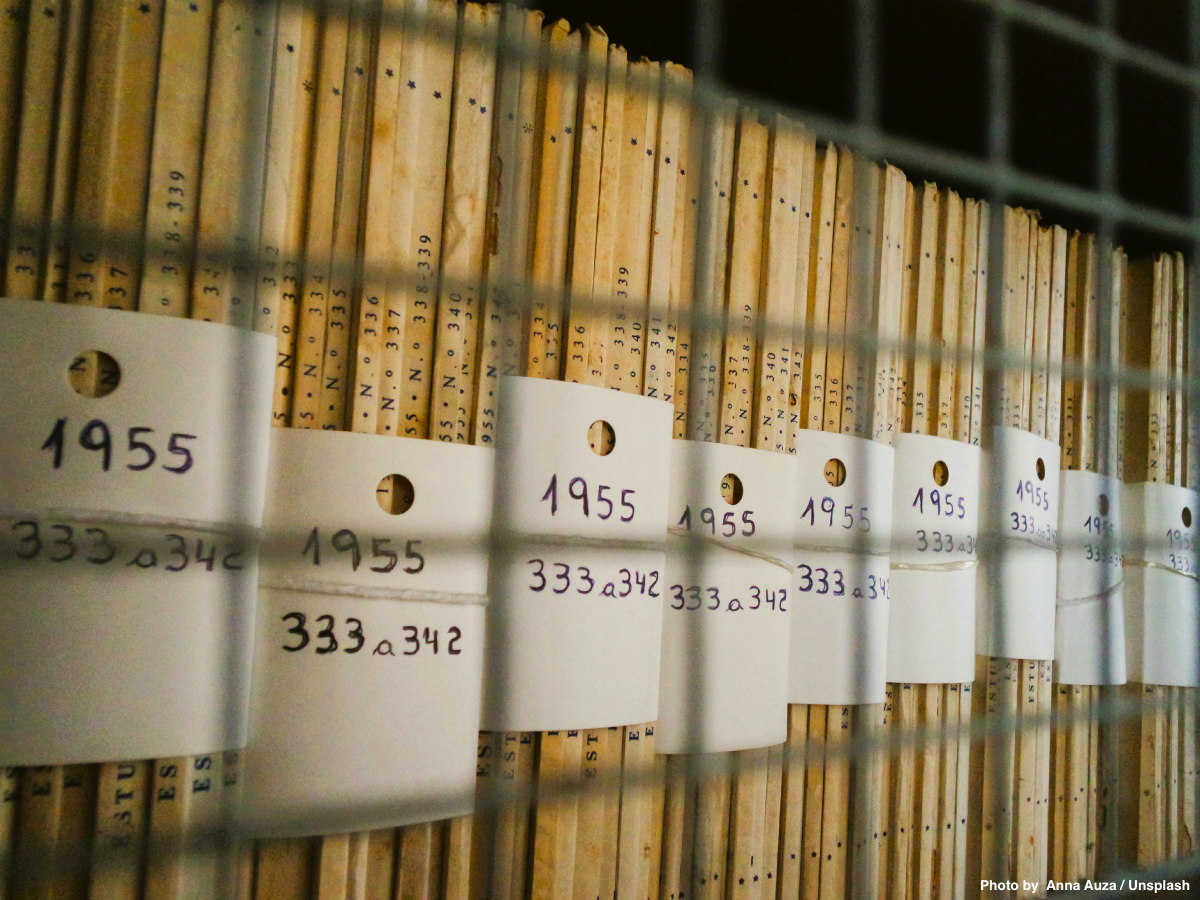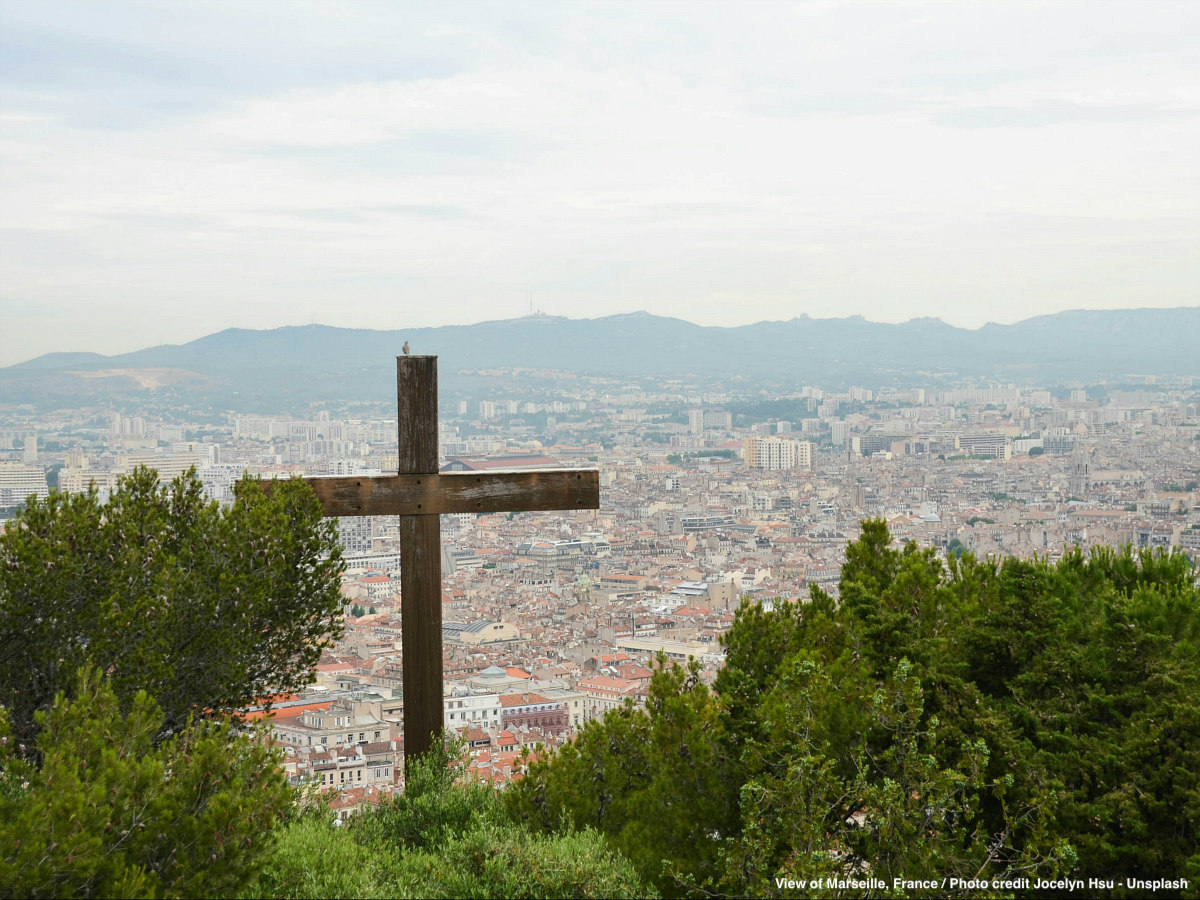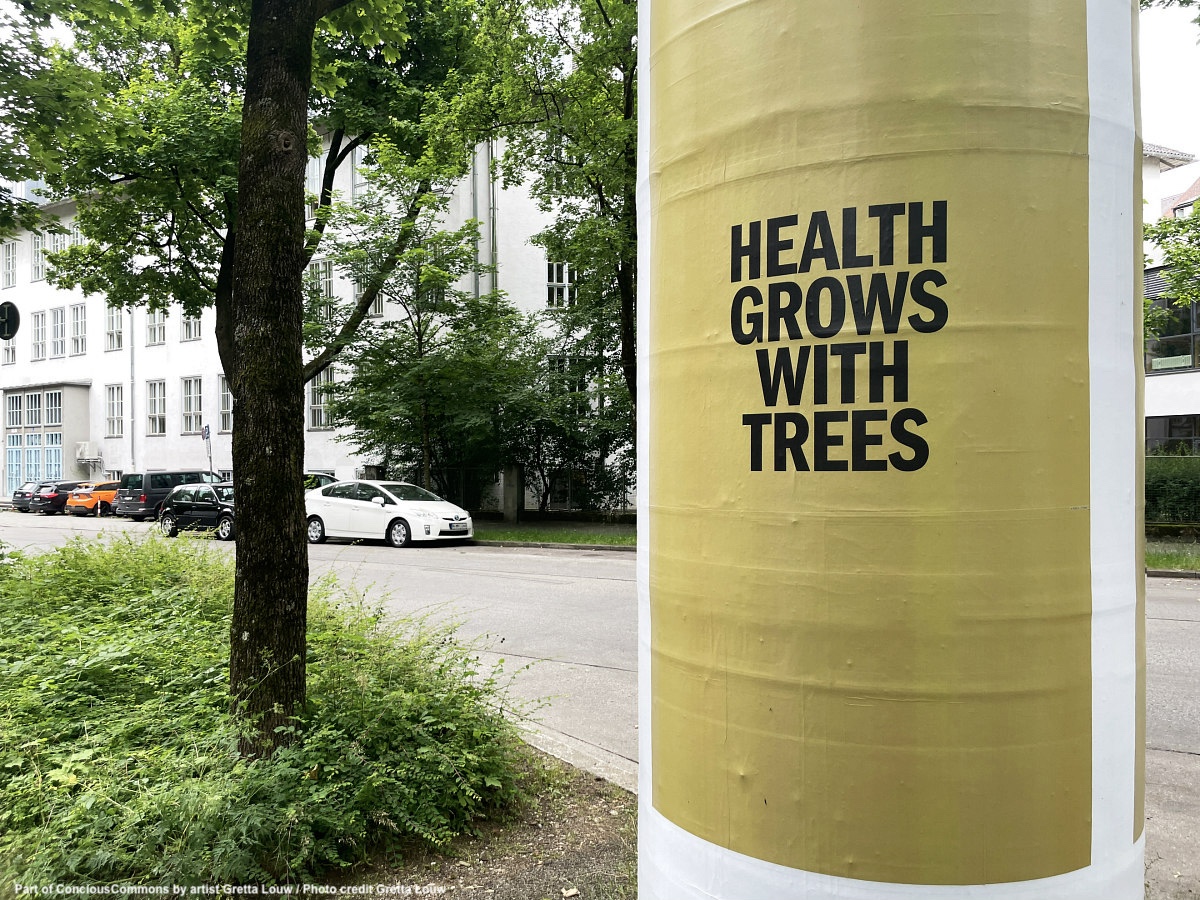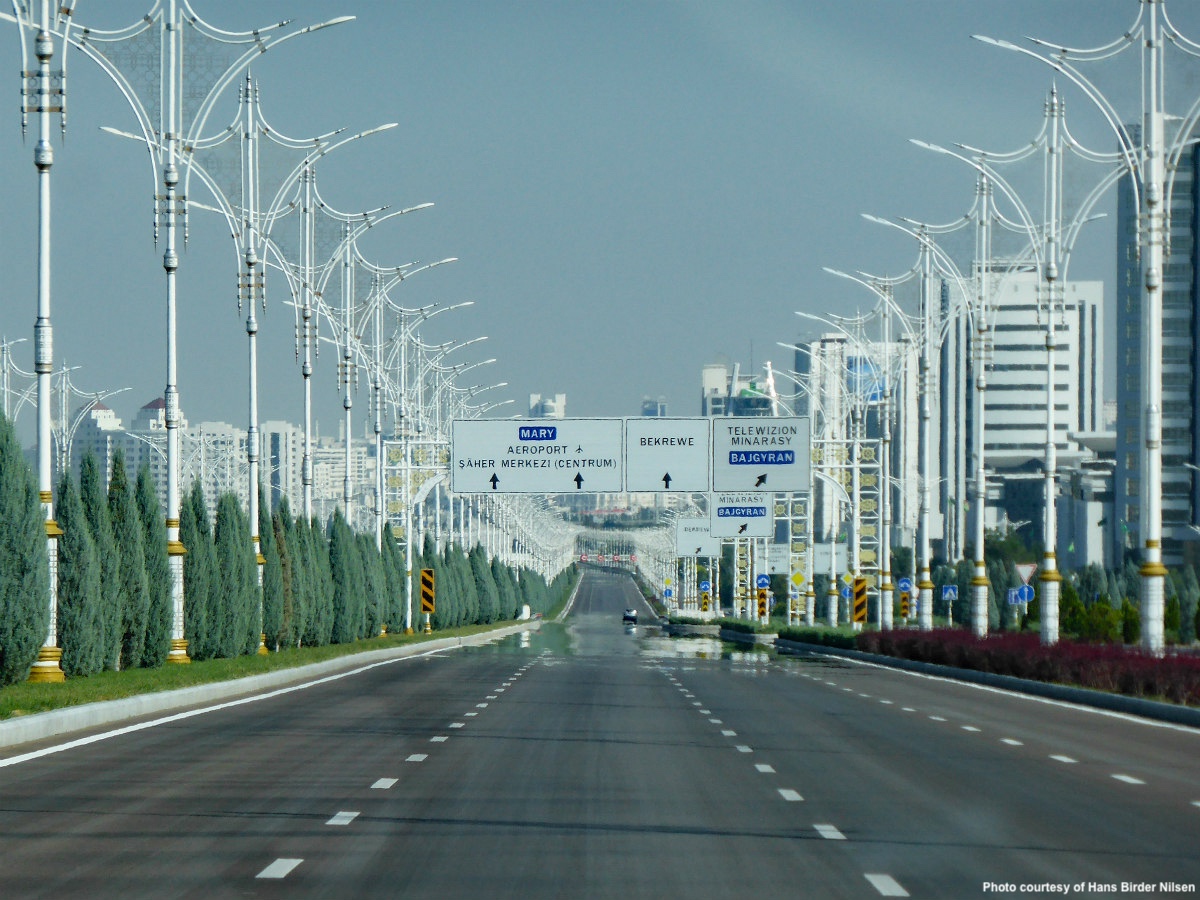Researchers in Chiang-Mai, the second largest city in Thailand, are working against the clock to document ordinary life in archives. The neighborhood of Wua Lai in the south of the old city, which flourished thanks to Burmese goldsmiths and craftsmen known as the “silver village”, is disappearing due to rapid urban transformation. The city’s growth has threatened entire neighborhoods before heritage permeates through generations.
Far from Chiang-Mai, in Jerusalem, the Maghrebi neighborhood had a similar fate. Dating back to the late twelfth century, this neighborhood and its religious endowments offered housing to pilgrims of Maghrebi origin for eight centuries. In 1967 it was destroyed to make way for an expansive plaza in front of the Western Wall.
It might be venturous to say that, perhaps, those neighborhoods served a better city before they disappeared but there are surely experiences which could be drawn on and shouldn’t be forgotten. City archives act as guardians of the past, but they also give the feeling of being exclusive spaces preserving information that stays hidden from people. Depending on their set up and institutionalization, either archives can be accessed and used only in specific ways or their contents are not open to everyone. And so archives have the power to hold knowledge of our collective memory.
In some cultures, like in Chiang-Mai, the agency to inform the present relies on people. Unlike in Western cities, the transmission of individual and collective memories in Southeast Asian cities is based on oral history and written on non-permanent materials (latanier palm leaves). But rapid urban development is steeping on the heels of history documentation.
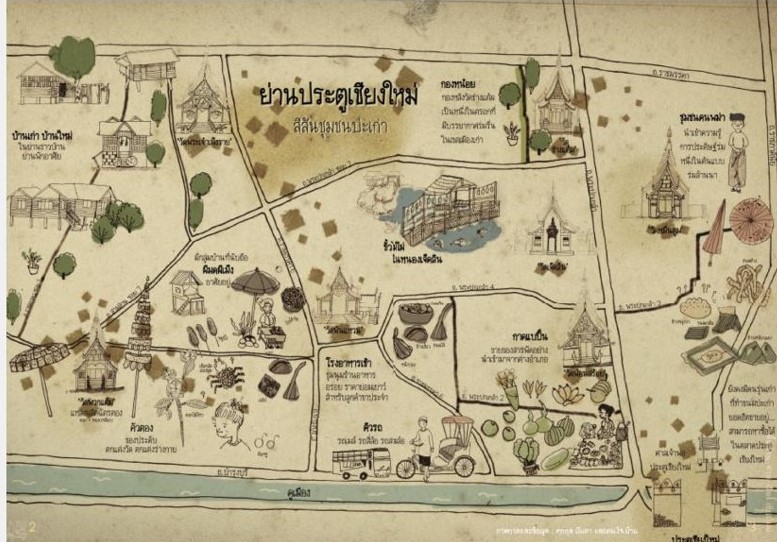
Without identifying, describing and digitizing these memories in city archives, soon no one in Chiang-Mai will recall the local techniques and how urban life around craftsmanship was in Wua Lai. This time race is a big concern among researchers and citizens alike. They saw the need to elaborate alternative notions of “ordinary heritage” and development proposals to help preserve neighborhoods. In Jerusalem, researchers were just left with photographs, archaeological assets and minutes of municipality meetings to reconstruct the splendor of a neighborhood that has been a refuge to Maghrebi pilgrims for so many years.
Researchers in Chiang-Mai and Jerusalem are part of a multi-disciplinary team under ARCHIVAL CITY, a project launched by the Gustave Eiffel University and funded by I-SITE Future which brings together historians, architects and more to sway city archives with the savvy idea “to imagine, debate and plan the city of the future by incorporating robust data from the past.”
“We are proposing new ways of accessing, viewing and using city archives and building a much needed bridge between those who are interested in the city’s past and those creating a more sustainable future,” explains Annalaura Turiano, a historian of contemporary Mediterranean and Middle Eastern history, who is responsible for the dissemination and publication of ARCHIVAL CITY. And she adds, “With the project we want to show how cities could produce, sort, conserve and use the archives related to the city in a more inclusive manner in order to respond to certain current challenges in urban development.”
ARCHIVAL CITY has its roots in the project Open Jerusalem Archives led by Vincent Lemire, a Professor of contemporary history at the Gustave Eiffel University and director of the Centre de recherche Français à Jérusalem (CRFJ). Using a complex documentary archipelago, a group of researchers strived to create a catalog which could mirror Jerusalem’s history through the exchanges, interactions and sometimes hybridization between different traditions. Funded by the European Research Council and with the support of the French National Archives and the Gustave Eiffel University (previously Université Paris-Est Marne-la-Vallée) in Paris, this project showed its unbiased openness to all demographic segments of the Holy City’s population.
With the project we want to show how cities could produce, sort, conserve and use the archives related to the city in a more inclusive manner in order to respond to certain current challenges in urban development.
In 2019, Lemire and his team brought this ambition to write history in a more inclusive way to ARCHIVAL CITY. Using a network of like-minded researchers already woven between Jerusalem and Paris, the team broadened its mission to the cities of Chiang-Mai, Algiers, Bologna, Quito, Greater Paris and Jerusalem. More than fifty researchers from various countries and disciplines engage in providing data to an open online platform “to be used not only by researchers, historians and archivists, but also by local government, policy-makers and urban operators, as well as citizens eager to take part in their urban environment.”
A point in case is how the documentation work done in Chiang-Mai has inspired the collaboration between researchers, grassroots organizations and the local administration for the carpenters district in Bangkok to open a space for negotiation in urban planning processes. In Quito archives of local sport clubs of „Andeanism“ (a term not existent in English but describing the equivalent of “Alpinism“, the mountain sports in the Alps, for the Andes) retrieve the history of the city with its natural environment, given the continued threat of natural disasters, and its resilience through the urban sociabilities of this sport.
Often these community archives, also referred to as “grassroots archives”, are not easy to access, at times they are kept in their own record of families, explains Turiano. Yet they play an important role in constructing counter-narratives to put into question the dominance of the histories produced by mainstream archival institutions. Access to private archives depends sometimes on personal ties and engagement. Jeroen Derkinderen Lombeida, PhD student and a member of the ARCHIVAL CITY, explains in a reflection on his research about Andeanism: “As I am part of the andeanist community, I had no difficulty in accessing the archives of the associations and clubs; from the 1960s onwards, there were a dozen clubs, some of which no longer exist, but many are still active.”
Despite their specific contexts and approaches, pressing issues like rapid urbanization and environmental risks are common threads to most of the cities selected in ARCHIVAL CITY, including the issue of power. “Archives are a way of resistance, but also a way of exercising power”, says Turiano. At times in history archives abused their authority to underpin assertions about the past and shape the present.
In Algiers, archives were used to reproduce and manifest social inequalities during colonial times as the population and its daily life in the neighborhoods were not well documented or stayed unidentified in municipality archives. The team of ARCHIVAL CITY in Algiers is now working on how to reach archives which were destroyed, dislocated and often privatized after colonization and which might hold information on the people and their neighborhoods. In the case of the city of Algiers, the information is scattered between France, Algeria and other Mediterranean countries.
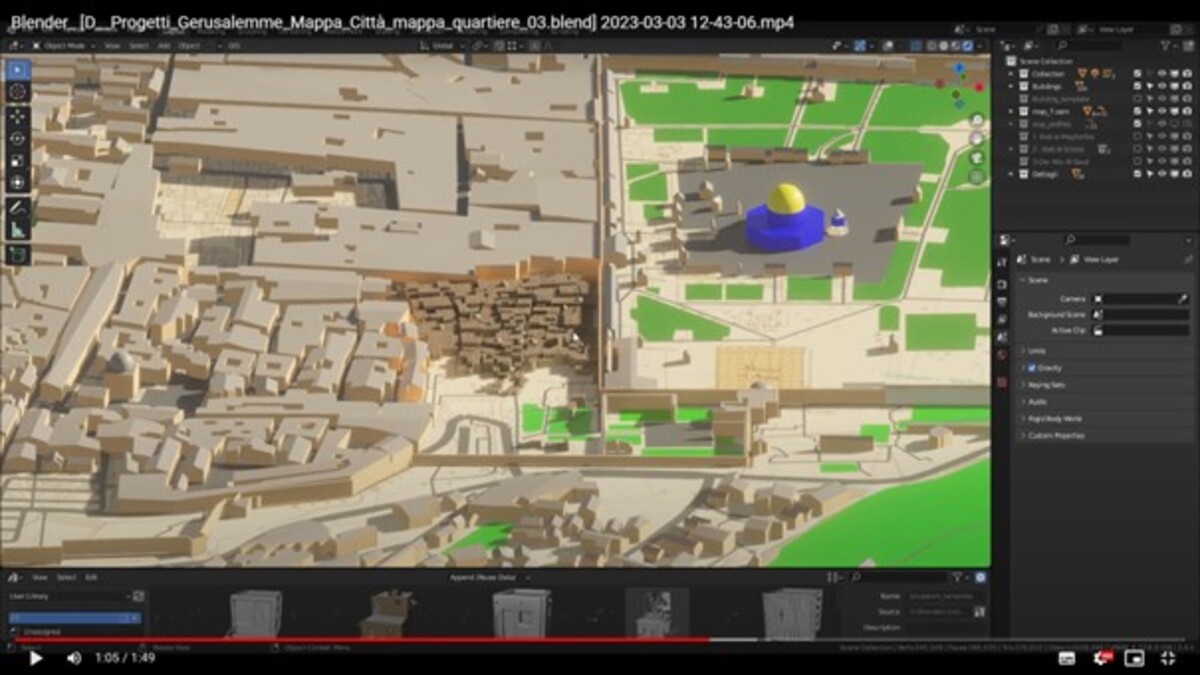
In Bologna, with the use of one of the oldest and best-preserved urban archives in Europe dating back to the end of the 13th century, containing legislative sources, accounts, tax lists, and private sources (ricordanze books) of important families, the ARCHIVAL CITY team has been able to show that taxation documents were a tool to reproduce social and political inequalities. As Clement Carnielli (a member in the Bologna team) explains, “this did not result in a total deprivation of rights, but encouraged a feeling of belonging and collective actions claiming the redistribution of public wealth.”
ARCHIVAL CITY has demonstrated that city archives – public or private – are storing valuable information about a city’s past to write history in a more holistic and inclusive way. This robust data is crucial for establishing sustainable ways of city planning and urban development. In more practical terms, the team uses the open data platform AtoM for archival descriptions. They have developed a frame and certain tools for describing, managing and using different archives to make research processes more accessible and transparent.
As language is often a restricting factor for doing archival research – you have to know the respective language to understand the sources – ARCHIVAL CITY presents the data descriptions in the original language and in English. This allows more people to get an overview on which data can be found in a specific context. The representations of the data varies from a video game for Quito from Inca times to the reconstitution of a medieval archive in Bologna and a 3D-modeling of the Maghrebi neighborhood in Jerusalem.
Although the funding period will end in 2023, ARCHIVAL CITY plans to continue its work on a permanent basis as a “living archive” to create inclusivity in urban research and sustainability in future city planning. This means also to open up data collection to various aspects of city life, including ordinary techniques and practices, oral descriptions and “lost knowledge” outside of dominant archival practices. Only by considering this data as well, can we understand comprehensively how the past informs future urban projects. Or as Annalaura Turiano puts it: “We should consider the whole city as a living archive that connects the past to the future.”
